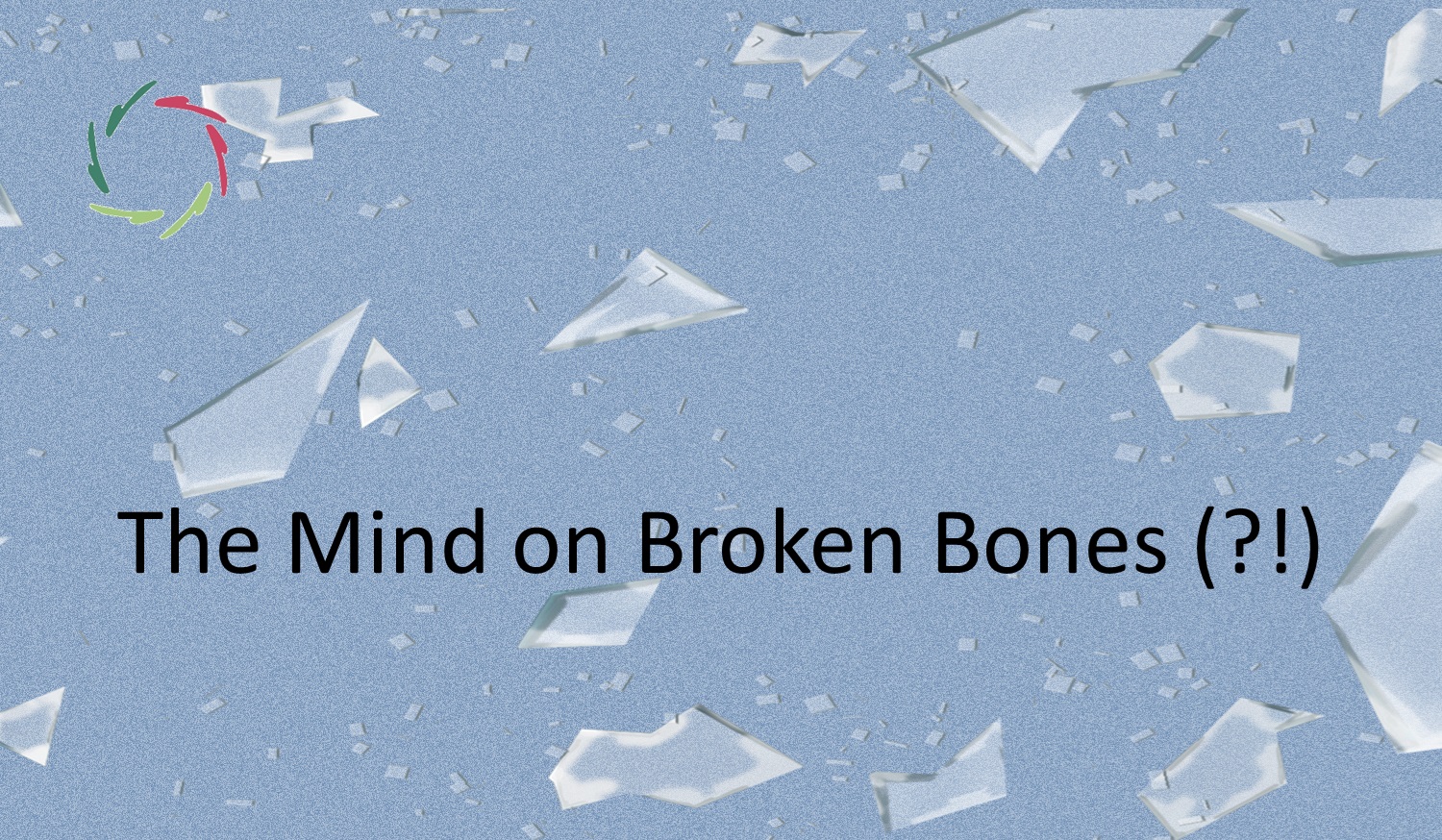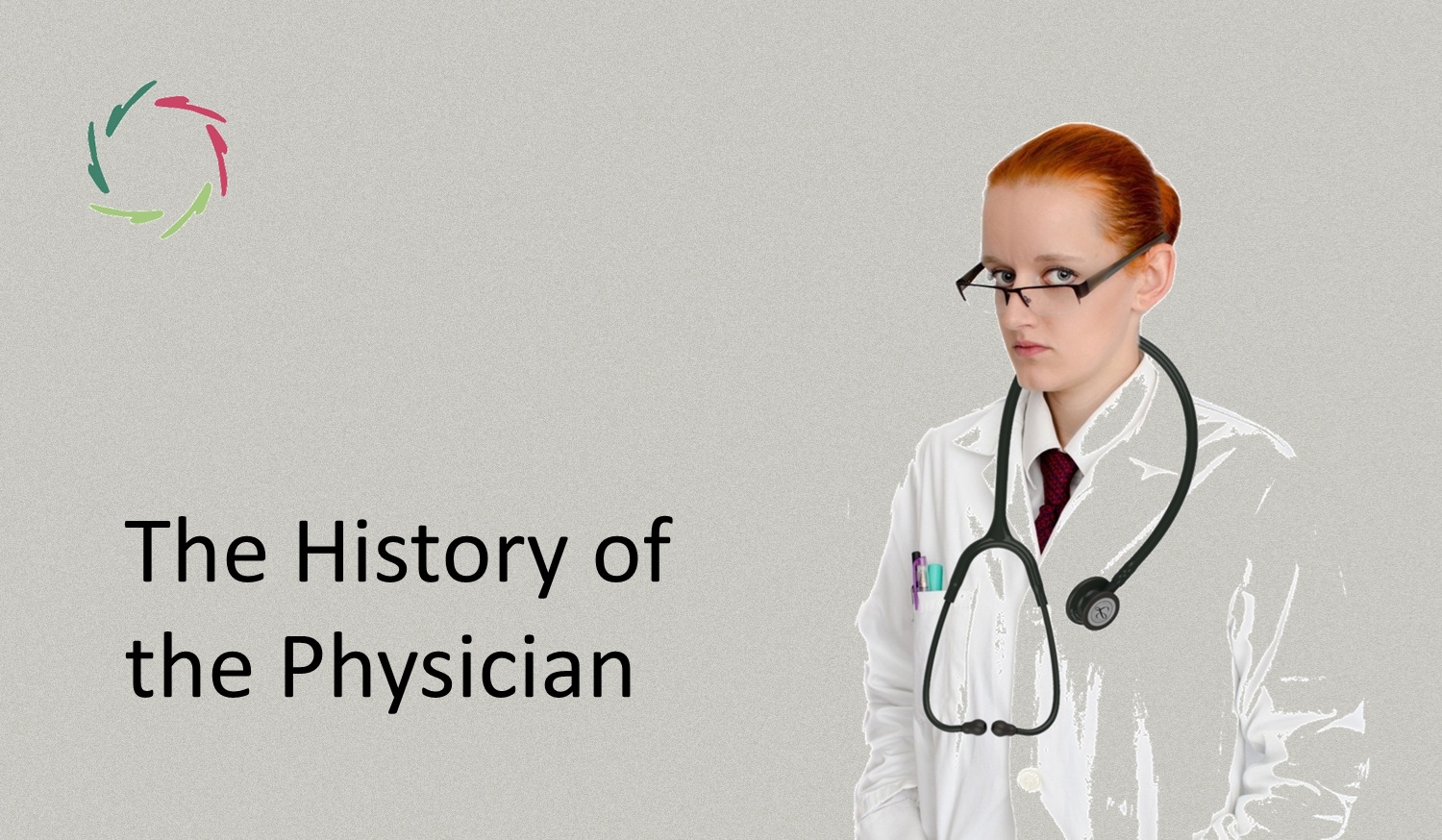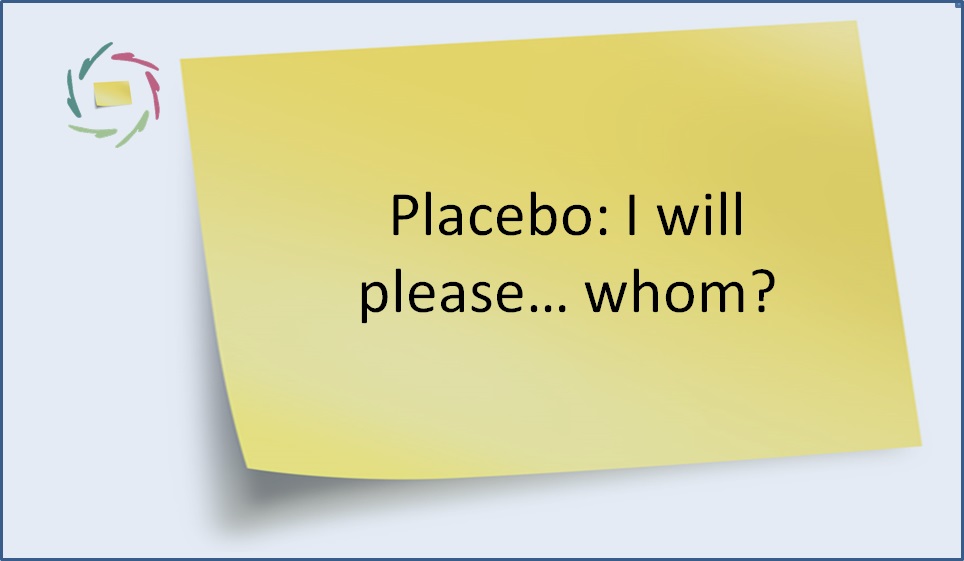The Mind on Broken Bones (?!)

Many people may agree that the mind influences many health conditions ― but broken bones?
The healing of a broken bone depends on a healthy inflammation process. The influence of the mind on inflammation is huge.
See Mind on Infections, Mind on Cancer, The Mind in Auto-Immune Disorders, …
Somewhat closer to the subject, see Inflammatory Stress. This shows that the above contention is far from undoubtedly wrong. There is a clear influence on inflammation of chronic stress, acute stress, and (probably most of all, but with little research yet) acute upon chronic stress.
Inflammation
Healthy inflammation is utterly important for health and well-being, 24/7. “Natura sanat” (nature heals) can be taken literally. The body has continually some healing to be done — little wounds and other bodily errors to be mended. The inflammation system – intricately intertwined with the immune system – takes care of this.
Inflammation is highly complex and of a dual nature: while it’s essential for healing, its dysregulation (either too much or too little) can be harmful. The mind’s role here is crucial as it can modulate this process through stress or relaxation. Moreover, opening stress to a meaningful level makes this much more relevant.
Inflammation in the healing of a broken bone ― is the mind involved?
As in any other wound-healing process, the inflammation system plays a massive role in fracture healing.
But what is scientifically known about mind influences on fracture healing? This layperson article explains some of the influence of chronic stress on fracture healing. To find out more, I consulted my good friend PubMed (medical science Infobase) and found little research having been done ― only a few relevant articles [see references].
Still, chronic stress can dysregulate the inflammation response in many ways, such as through cytokine release, with a clear influence on wound healing in general. Logically, this also leads to delays or complications in bone healing ― especially since cytokines (such as interleukins and TNF-alpha) play a crucial and scientifically proven role in both initiating and resolving inflammation during bone healing. Also, we know that chronic stress can lead to elevated cortisol levels, which have an anti-inflammatory effect, hindering bone healing. Additionally, some research suggests that catecholamines interfere with bone formation processes when linked to stress.
So, we know much about the specific steps between mind and fracture healing but little about the chain in toto. Of course, research not being done doesn’t mean there is nothing to find. In view of the immense implications, it amazes me – as maybe you, dear reader – how little we scientifically know about this specific domain.
So, how-to, if you take the contention of this blog seriously?
Guided meditation/visualization (AurelisOnLine) can focus on promoting the body’s natural healing processes, aiming for a balanced inflammatory response, also specifically in the case of healing of wounds and fractures.
Lisa (soon) can help in supporting this before, during, and after personalized sessions for optimal impact. Additionally, Lisa’s coaching can guide coachees gently and effectively toward deeper insights that may not only help in the healing of the fracture but meanwhile also, to some degree, in the healing of themselves as total persons. What a side effect, isn’t it?
Conclusion
While it may sound surprising to suggest that the mind can influence bone healing, the connections between stress, inflammation, and health outcomes provide a scientifically grounded basis for this perspective. This emphasizes the need for a deeper, more integrated approach to understanding the healing of fractures. While the mind’s influence on physical health is increasingly recognized, fracture healing represents a frontier where integrating mental and physical care may lead to groundbreaking outcomes.
Lisa can play a crucial role in unfolding this in the future.
References
Nie C, Wang Z, Liu X. The effect of depression on fracture healing and osteoblast differentiation in rats. Neuropsychiatr Dis Treat. 2018 Jun 29;14:1705-1713. doi: 10.2147/NDT.S168653. PMID: 29988656; PMCID: PMC6029670.
Tschaffon M., et al. Chronic psychosocial stress disturbs endochondral ossification during bone growth and fracture healing via catecholamines locally produced by myeloid cells. Bone Rep. 2022;16 (Not in PubMed ― see ResearchGate)
Tschaffon-Müller MEA, Kempter E, Steppe L, Kupfer S, Kuhn MR, Gebhard F, Pankratz C, Kalbitz M, Schütze K, Gündel H, Kaleck N, Strauß G, Vacher J, Ichinose H, Weimer K, Ignatius A, Haffner-Luntzer M, Reber SO. Neutrophil-derived catecholamines mediate negative stress effects on bone. Nat Commun. 2023 Jun 5;14(1):3262. doi: 10.1038/s41467-023-38616-0. PMID: 37277336; PMCID: PMC10241819.
Ginandes CS, Rosenthal DI. Using hypnosis to accelerate the healing of bone fractures: a randomized controlled pilot study. Altern Ther Health Med. 1999 Mar;5(2):67-75. PMID: 10069091.


